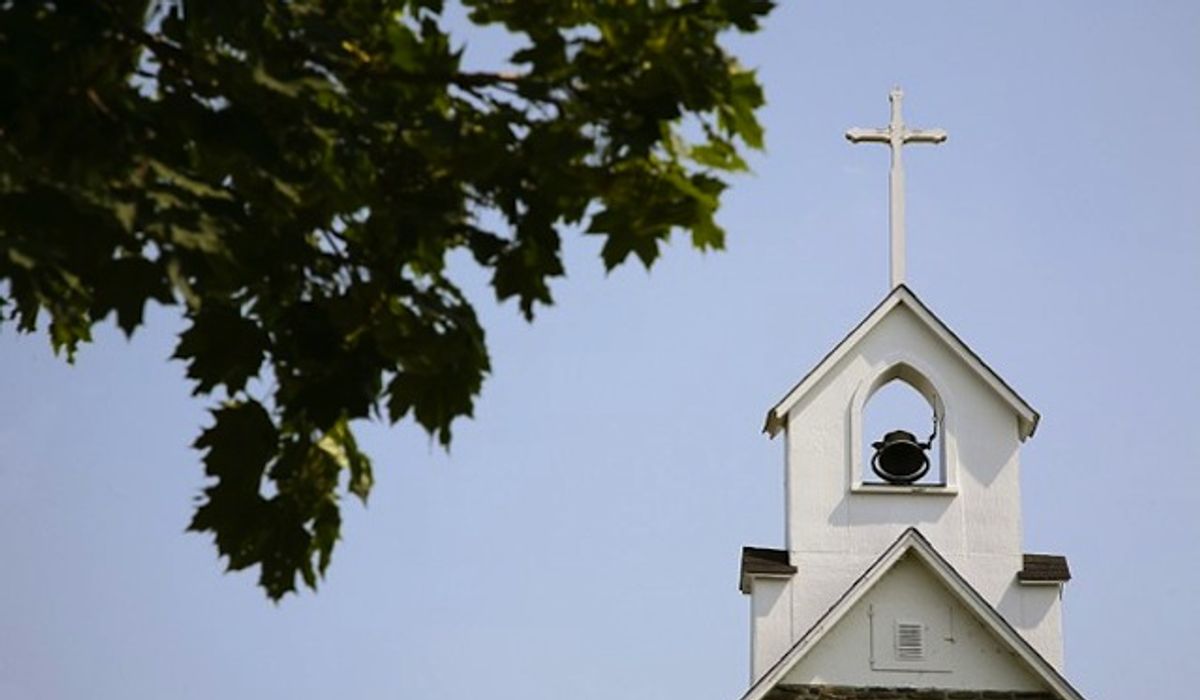


People around the globe are leaving the religions of their youth amid a rising tide of disaffiliation, according to a sweeping survey.
The new Pew Research Center study spanning 36 countries and nearly 80,000 respondents reveals the growing scale of religious switching — when people shift from their childhood religion to another or no religion at all. In many nations, at least 1 in 5 adults identify differently than they were raised.
The phenomenon is especially pronounced in East Asia, Western Europe and North America. In South Korea, half of all adults have left their childhood faith.
In the U.S., the rate sits just under 30%, while in the Netherlands it’s over a third of the population.
Brazil, too, sees high switching rates, with 21% of adults no longer aligned with their religious upbringing.
But in India, Israel, Nigeria and Thailand, religious identity remains more stable — more than 95% of adults continue to practice the religion of their youth.
Pew researchers note that much of the switching is not toward a new faith, but away from religion altogether. Those identifying as religiously unaffiliated, sometimes called nones, have seen the largest net gains.
Those identifying as religiously unaffiliated, sometimes called “nones” (atheist, agnostic or “nothing in particular”), have seen the largest net gains. Overall, the pattern across much of the West is one of erosion.
It’s a modern curiosity, according to Ryan Burge, a political scientist at East Illinois University and religious researcher.
“In the 1970s and 1980s, switching was pretty rare,” Mr. Burg wrote in his newsletter. “Nearly 85% of folks who were raised Catholic were still a member of that faith group when they were interviewed. For Protestants it was even higher — more than 90%.”
Today, those numbers are lower. “About 80% of folks raised Protestant are still Protestant as adults,” Mr. Burge added.
In other words, religious identity is no longer something as many people “grow into” as they age. Christianity, in particular, is feeling the losses on a more global scale.
In Germany, for every one adult who joined Christianity after childhood, nearly 20 left. Sweden shows a similar trend, with 29% of adults saying they were raised Christian but now identify with no religion.
Other faiths are having issues retaining members, too. Buddhism, for instance, is losing ground in East Asia. In Japan, 23% of adults who were raised Buddhist no longer identify with any faith.
The Pew study is based on nationally representative surveys conducted by the Pew Research Center between 2023 and 2024. Researchers compared respondents’ current religious affiliation with the religion they said they were raised in to measure rates of switching.
Only a few countries, like South Korea, show any significant movement in the opposite direction — with 6% of South Koreans saying they were raised with no religion but now identify as Christian. But these cases are rare, Pew notes.
Even so, in the U.S., many of the people leaving religion weren’t especially devout to begin with, according to culture commentator Ross Douthat. He says they were “cultural Catholics,” “Christmas-and-Easter” Methodists, and “Jack Mormons” — people who might have checked a religious box on a survey without regularly attending services.
“But religious attendance ebbs and then flows across the life cycle, falling when you leave home and then increasing with child rearing and with the encroachment of mortality,” Mr. Douthat wrote in the New York Times. “And when the political scientist Ryan Burge recently compared weekly church attendance among today’s 20-somethings to weekly attendance among 20-somethings in the 1990s, he actually found a tiny increase.”
Even as childhood faith erodes somewhat, weekly church attendance has not dropped quite as dramatically.
Recent Gallup data shows that regular attendance fell only slightly from 42% in 2008 to 38% in 2017 — a smaller decline than Pew’s numbers on affiliation. And according to long-term Gallup trends, today’s churchgoing rate is still in line with what it was in the 1930s and 1940s, before what Mr. Douthat calls “the postwar religious boom.”
That suggests the most committed churchgoers remain, while the nominally religious are peeling away. But for those raised without any religion at all, the numbers remain more stable into age, according to Mr. Burge.
“The nones are a different story entirely,” Mr. Burge wrote. “It used to be that two-thirds of those raised nones identified with a religion as adults. Now, about two-thirds of those raised with no faith group are still nones into adulthood.”
• Emma Ayers can be reached at eayers@washingtontimes.com.
